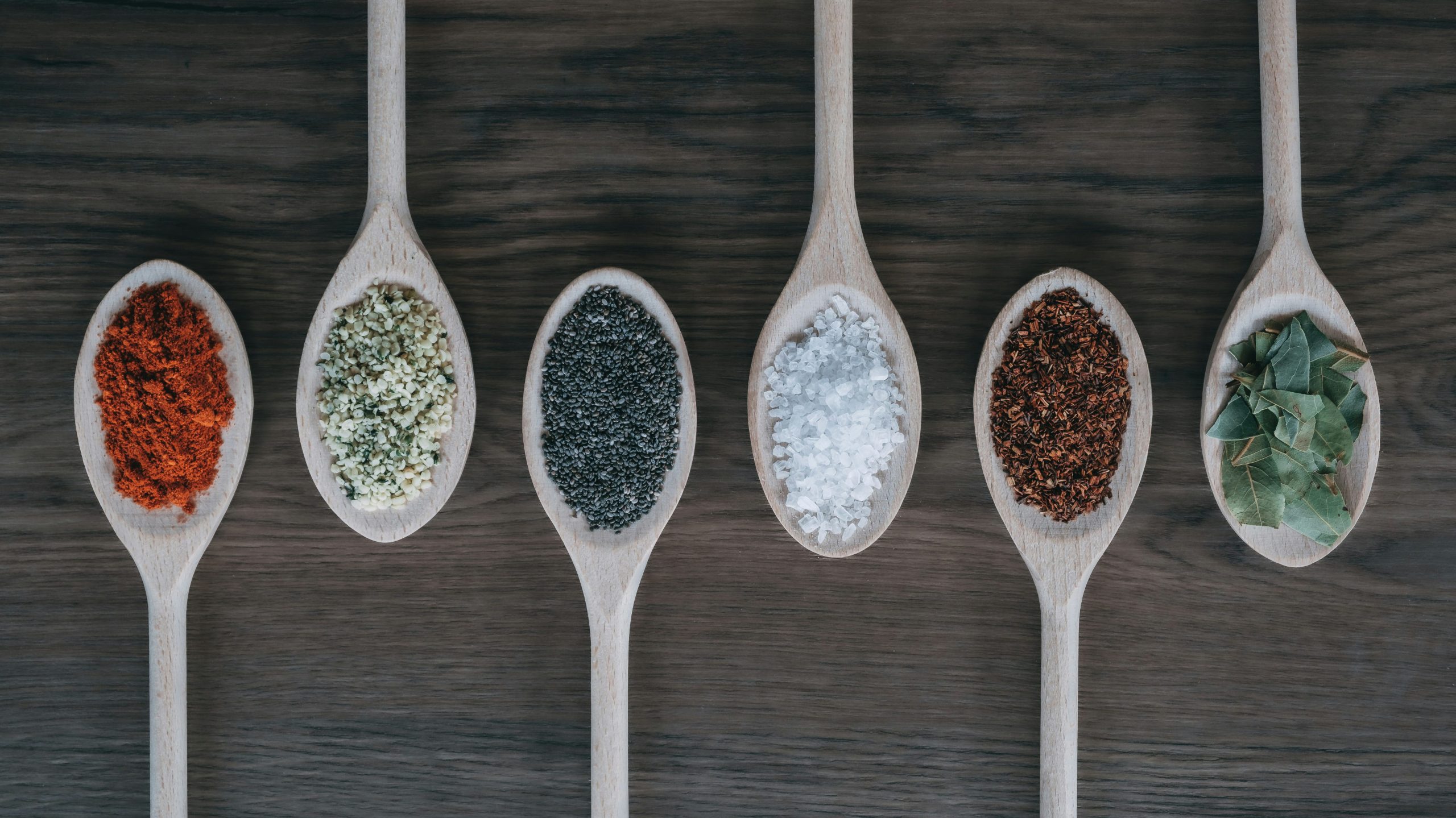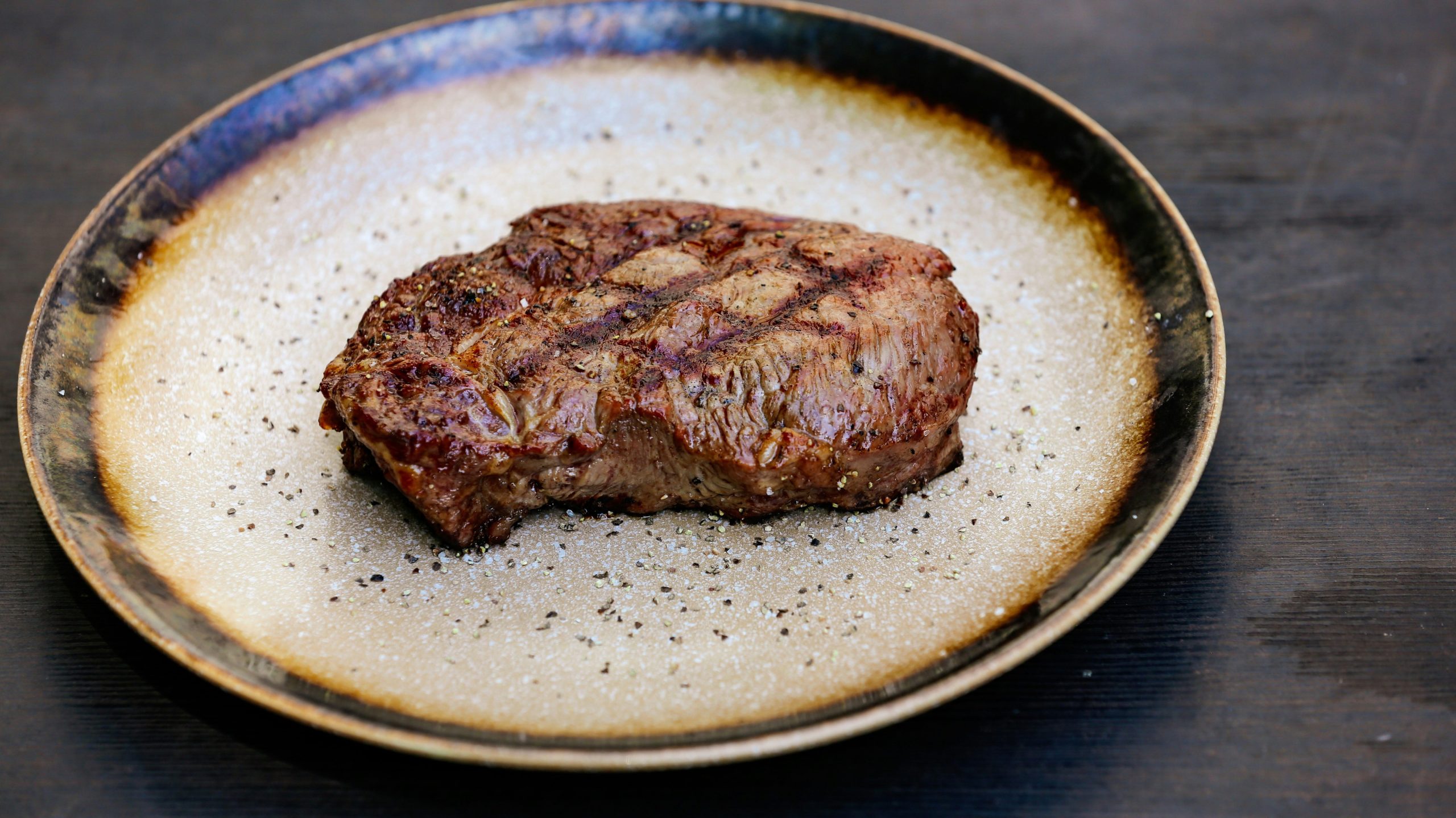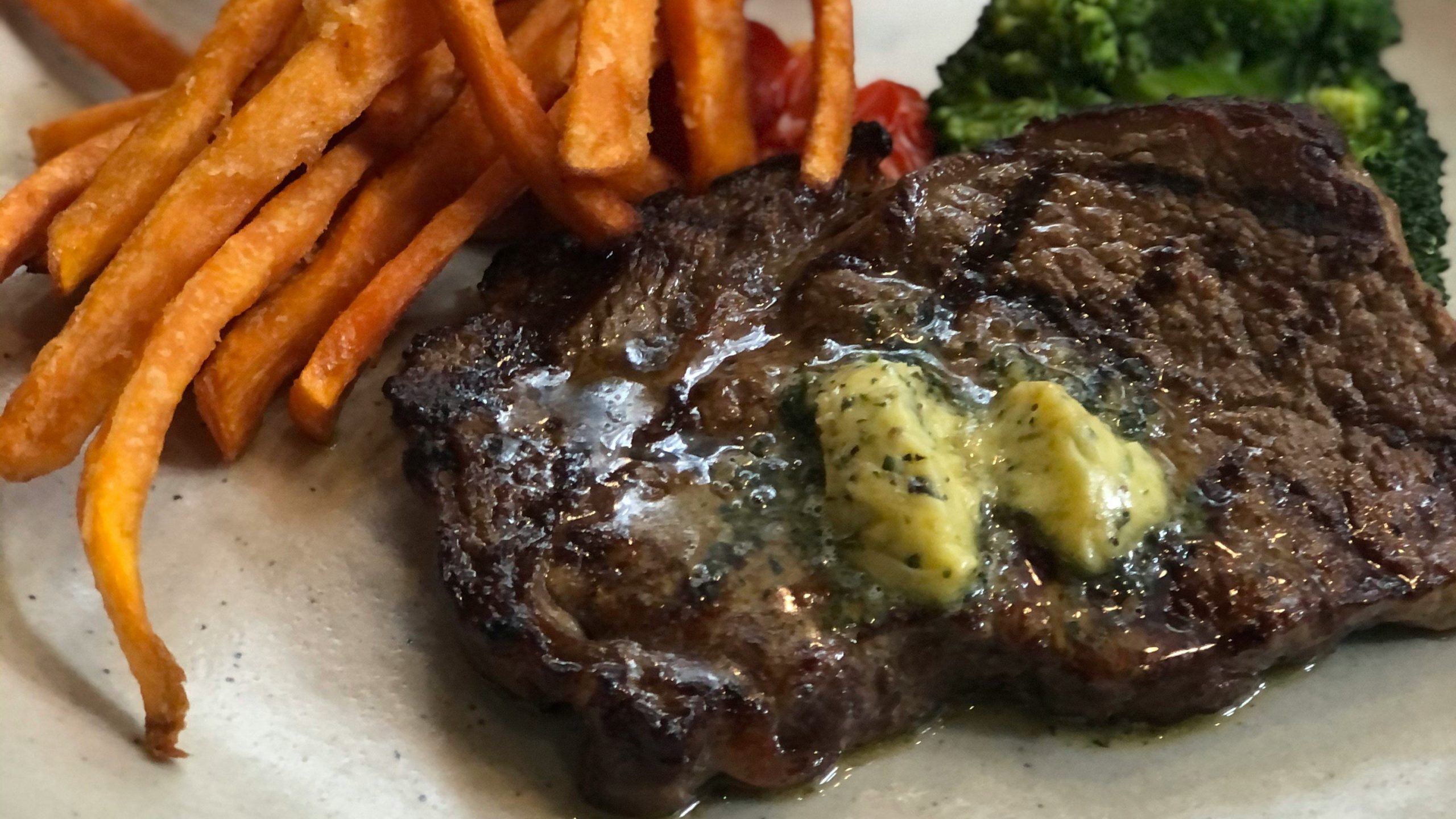
Seasoning a steak is much more than just tossing on some salt and pepper—it’s an opportunity to bring out the natural flavors of the beef and enhance your dining experience. Whether you’re cooking a filet mignon, ribeye, or sirloin, understanding how to season properly can make the difference between a good steak and a great one.
Follow this guide to master the art of seasoning your steak.
Choosing Your Steak
Selecting the right cut of steak is the foundation of your meal. Here are a few popular options:
- Ribeye: Known for its rich, buttery flavor and generous marbling.
- Sirloin: Leaner than ribeye but still juicy, with a bold, beefy taste.
- Filet Mignon: Tender and delicate, with less fat but exceptional texture.
Basic Seasoning
Salt and Pepper:
- Salt: Salt is the most critical seasoning for steak. It enhances flavor and helps form a perfect crust. Use coarse kosher or sea salt for the best results. Salt your steak at least 40 minutes before cooking if possible, as this allows the salt to absorb into the meat, enhancing its flavor and moisture throughout.
- Pepper: Freshly ground black pepper adds a subtle heat and complexity. Pepper should be added right before cooking to prevent the heat from burning off.

Advanced Seasoning Techniques
Adding Herbs and Spices:
- Consider herbs such as thyme, rosemary, or garlic. Press these herbs onto the surface of the meat before cooking to infuse the steak with aromatic flavors.
- For a spicy kick, a small amount of smoked paprika or cayenne pepper can be mixed with the salt.
Marinades and Rubs:
- Marinades: For tougher cuts like flank or skirt steak, consider using a marinade. Acids like vinegar or lemon juice tenderize the meat, while ingredients like soy sauce and honey add depth and sweetness.
- Dry Rubs: Combine your favorite spices into a dry rub to create a flavorful crust. Good options include garlic powder, onion powder, and ground mustard.
Cooking Your Steak
- Prep: Let your steak come to room temperature before cooking. This promotes even cooking.
- Method: You can grill, broil, or pan-sear your steak. High heat is crucial for developing a delicious crust.
- Resting: Always let your steak rest for a few minutes after cooking to redistribute the juices and ensure maximum tenderness.
Pairing with Sauces
While a well-seasoned steak can stand alone, sauces can complement and enhance the flavors. Here are a few classic options:
- Bearnaise: A tarragon-infused take on Hollandaise, perfect for filet mignon.
- Chimichurri: A bright, herby sauce ideal for fattier cuts like ribeye.
- Blue Cheese: Adds a creamy, tangy element that pairs wonderfully with a bold sirloin.

Seasoning a steak allows you to customize your cooking experience and enhance the natural flavors of the meat. Experiment with different spices, herbs, and preparation methods to find your perfect steak recipe. With practice, you’ll turn every steak into a masterpiece of taste and texture.







